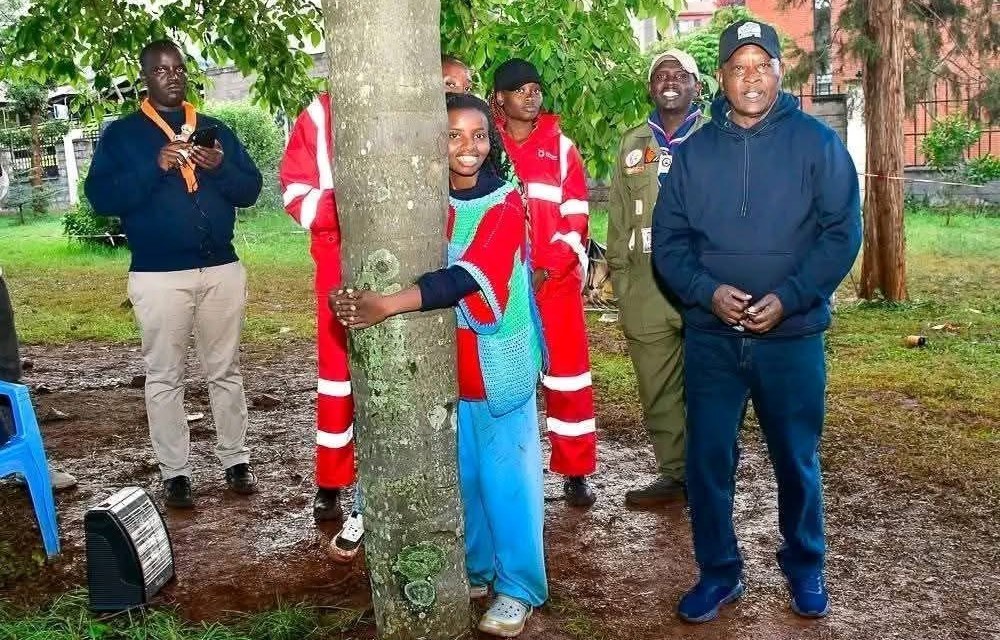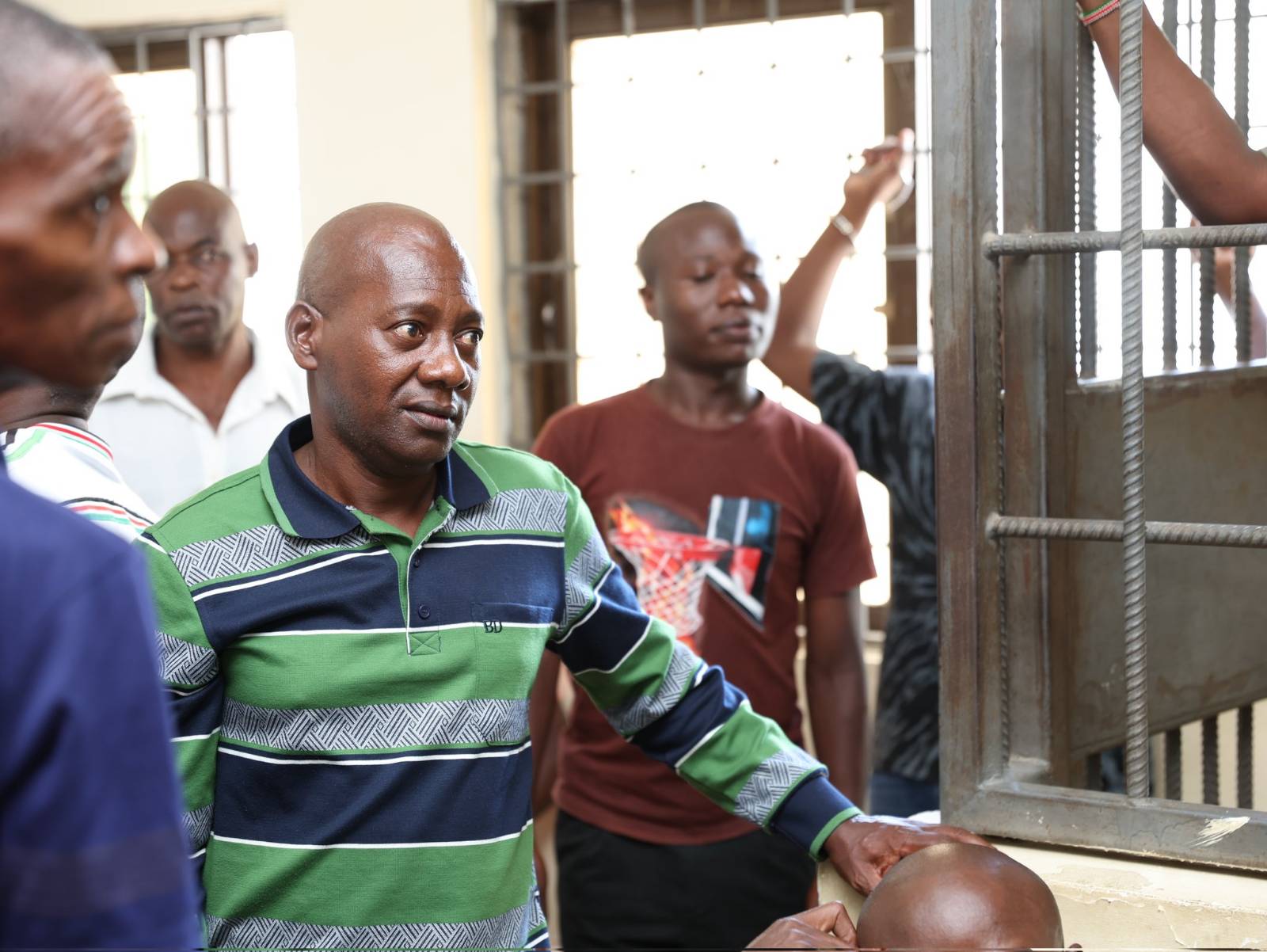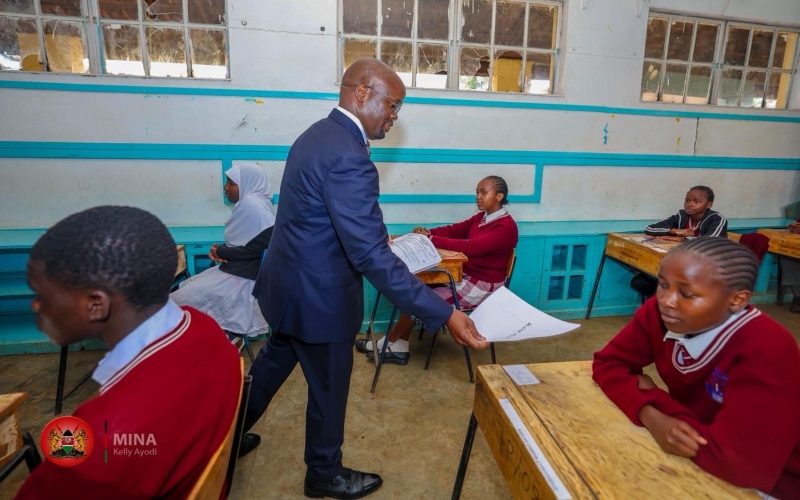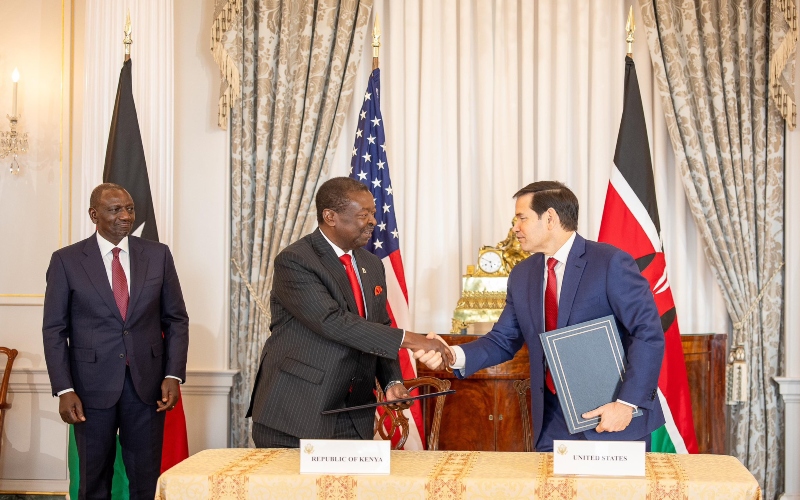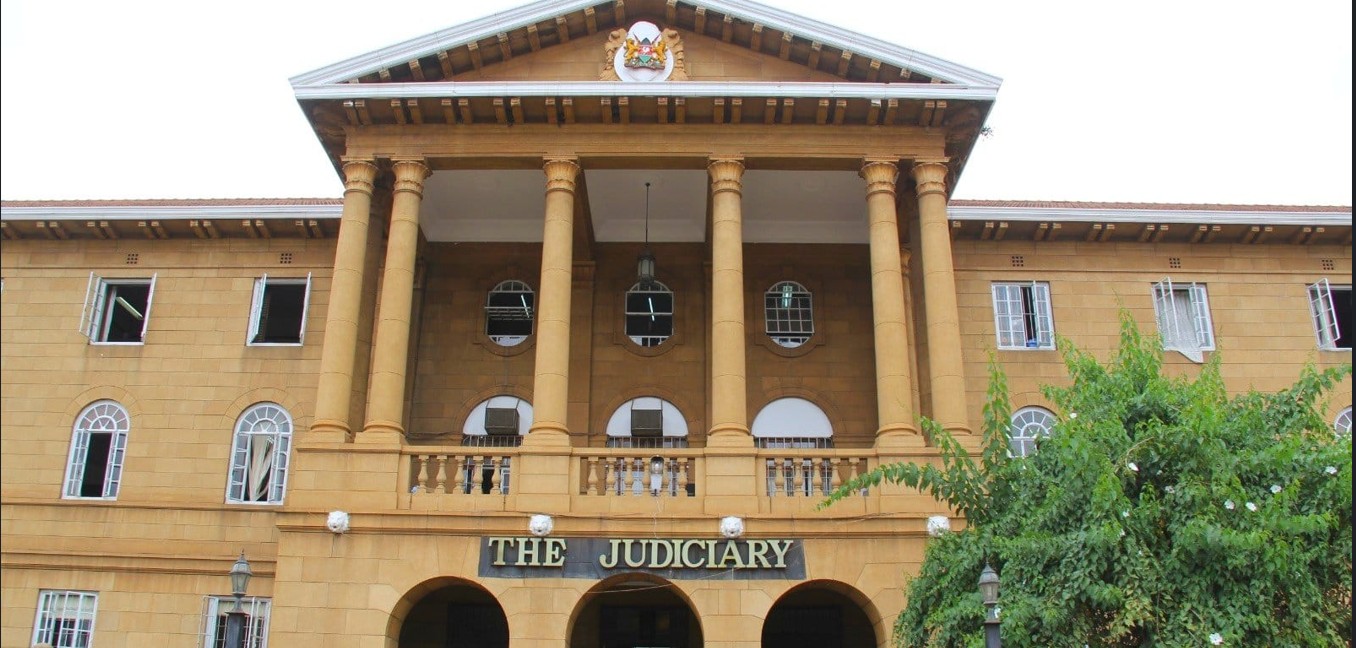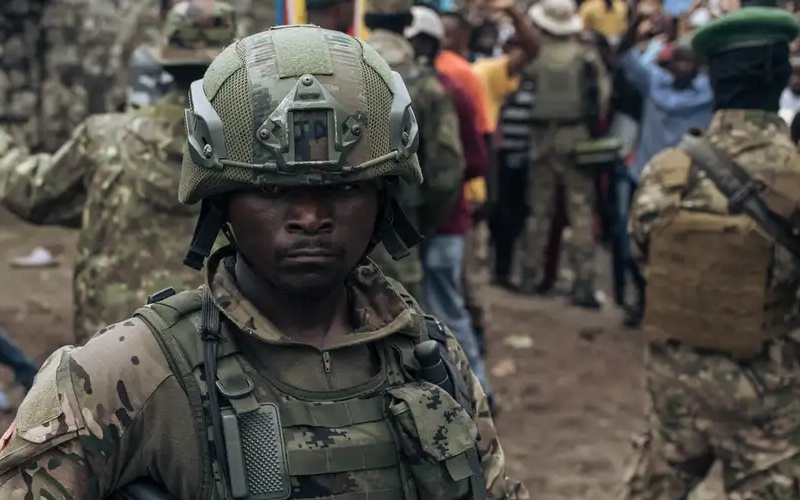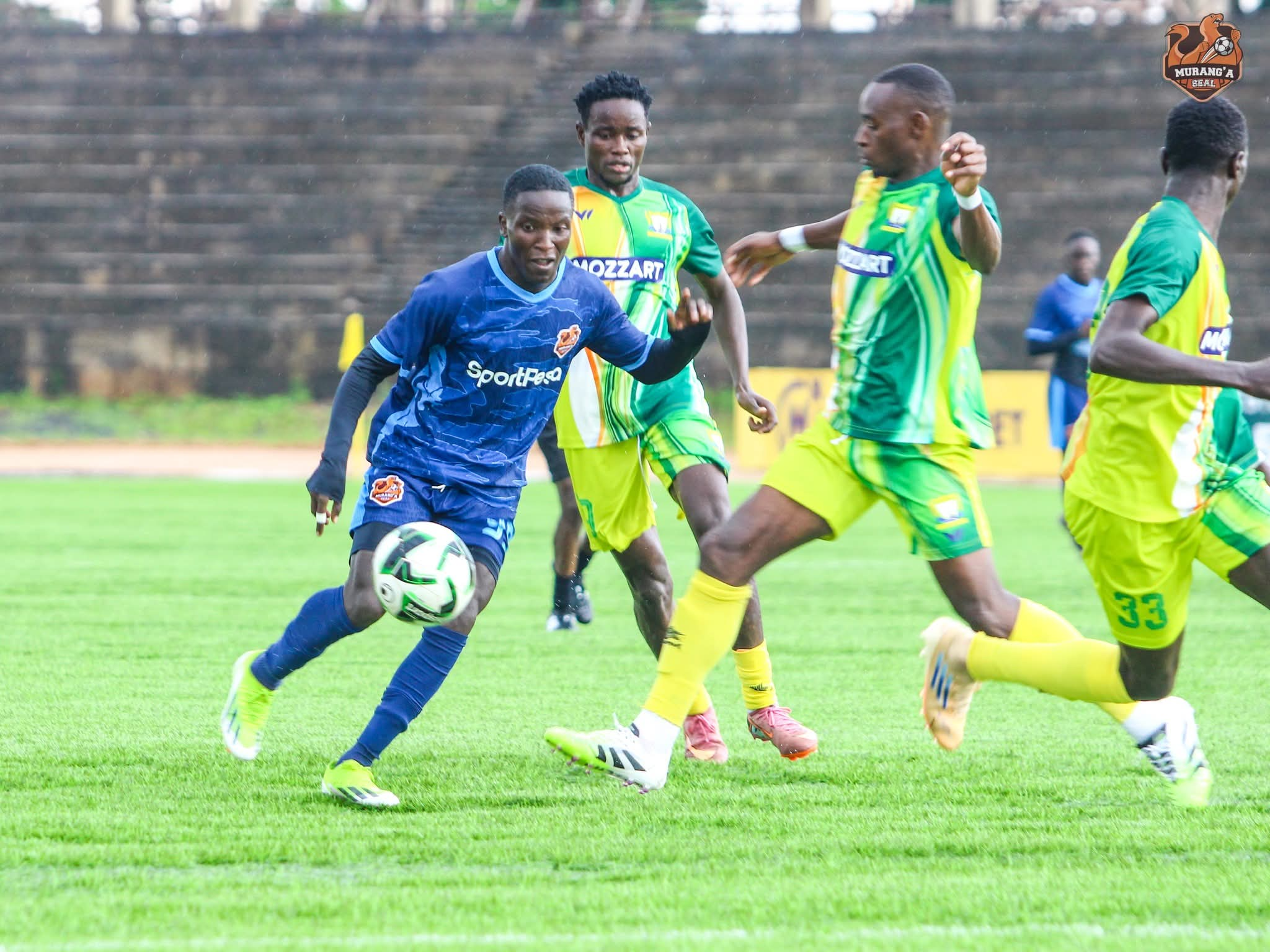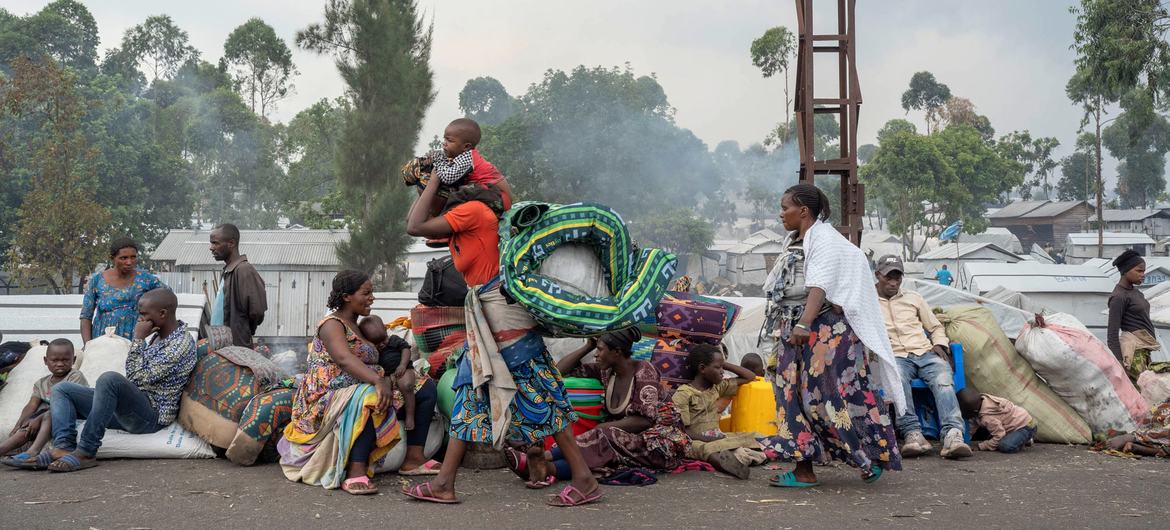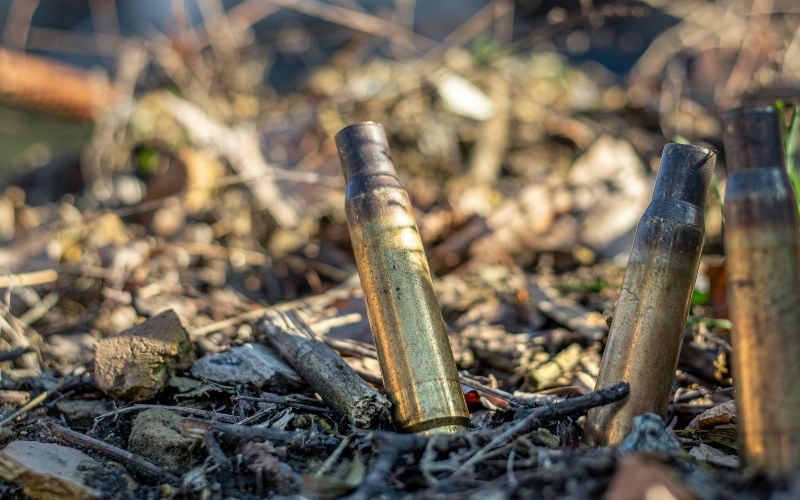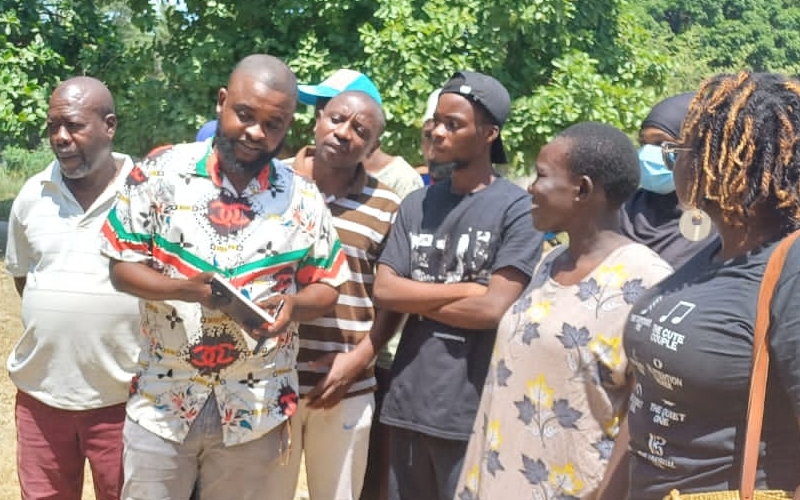Court orders prosecution of British soldier who shot fleeing Kenyan dead

Testimonies by military officers who were working at Batuk at the time linked Sgt Maddison to the crime.
A 10-year-long inquest into the killing of a 27-year-old Kenyan within the British Army Training Unit (Batuk) exercise area at Ol Kanjau in Samburu East has found a foreign soldier liable for the murder and consequently ordered his arrest and prosecution.
The court found that Sergent Maddison Brian George, who was a supervisor of the range team, involved in clearing the training area of animals and humans before the exercises kicked off, shot Tilam Leresh in the back as he fled, killing him on the spot during the June 10, 2012 incident.
More To Read
- National Assembly urges swift ratification of UK-Kenya defence pact amid BATUK legal uncertainty
- IEBC blames police officers for by-election violence, maintains poll largely successful
- Report links Batuk soldiers to rape, abuse and impunity in Laikipia and Samburu
- Court allows detectives to detain seven Daystar students over death of colleague at Ngara Apartment
- Man held in Kilimani over Sh2.5 million police recruitment scheme
- Audit reveals 200,000 police officer shortfall amid rising security demands
Leresh, who hailed from Koiting village within Wamba, was in a group of between six and eight Morans on their second day of searching for pastures when he met his death.
A report made at Archers Post Police station vide OB No 10/10/6/2012 indicated that Leresh was shot dead around 10 am after allegedly threatening to shoot a British soldier with a G3 rifle that he was allegedly in possession of.
A total of 17 witnesses, including deceased relatives, Kenya's police who were locked out of investigations, British soldiers, a majority of whom have already retreated to the United Kingdom, and forensic experts, testified during the inquest.
From denying local police and detectives access to the crime scene to detaining the body at an undisclosed place within Nanyuki in Laikipia County before releasing it to a public health facility three days later for the post-mortem exercise, the conduct by the British soldiers was very suspicious, according to the court documents.
Inspector Said Ilibae, one of the witnesses who was a senior detective based in Samburu East at the time, said that despite visiting the crime scene to gather information, he was reduced to a mere spectator, with the British soldiers present telling him that they were waiting for their own from Britain to come and carry out investigations.
"The guarded body was on a stretcher and we were not allowed to go near it. We were not allowed to carry out any probe... A helicopter came moments later and even took aerial photos," he told the court.
His testimony was also corroborated by then Chief Inspector Maxwell Otieno, who was working at the Homicide Division at the Directorate of Criminal Investigations (DCI) Headquarters at the time.
Civilians presence
Testimonies by military officers who were working at Batuk at the time linked Sgt Maddison to the crime.
Richard Christopher Lynch, a Captain and training officer with Batuk, who was in the company of warrant officer Shaun Stewart and in a helicopter piloted by one Roger Gower, was in charge of ensuring the safety of 120 soldiers who were to take part in the live firing exercise within Simba camp.
Batuk is a permanent training support base in Nanyuki established by Defence Corporation Agreement between Kenya, UK and Northern Ireland.
He told the court that while flying over the training area to ensure there were no animals or humans, he saw about six to eight men, two of them armed and who on seeing the chopper, started running towards the exercise area.
After landing, Captain Lynch informed one Major Ketrev of the presence of civilians around the training area, and therefore, "they could not begin the exercise," an idea that his colleague Stewart supported.
"Sgt Maddison was sent to clear the area since he was part of the range team as a safety supervisor. He left in a Land Cruiser, and he was to inform the civilians to get out of the range area," he testified.
An ambulance would be requested moments later following the shooting incident.
Doctor Guang Huayin, who is currently based in Birmingham but was in the rank of a Major at the time, took 10 minutes to the scene and confirmed that the man had died. Sgt Maddison and Berry were at the scene.
"The body lay on its back, facing upwards... We tried resuscitation, but he was unresponsive. He had gunshot wounds on the back and another on the chest, which we dressed," he said.
Moyalo Lesotia, who was with Leresh on a mission to look for pastures, said the chopper came so close to the ground, causing them to scamper for safety.
"After it passed, we converged and realised that Leresh was missing," he said, adding that they neither attacked the craft nor trespassed into the area because it was not new to them.
While the military insisted that they usually do range clearing to ensure there are no animals or humans within the training area, a key witness, who was at the time in charge of Kenya Police Reservists in Samburu, said residents were also involved in the training.
"The locals sometimes play as enemies, but the shooting is usually blank," the officer told the court on September 16, 2022.
Gunshot wound
A warrant officer, Paul Cooper, on June 13 of the same year took Leresh's body to the Isiolo district hospital (now County Referral Hospital) where a post-mortem was conducted between 8 am-7 pm by foreign pathologist Dr Russel J. Delaney in the presence of Kenya's Dr Steven Kiluwa.
The autopsy showed that Leresh died from a single gunshot wound to his chest that entered the left side of the middle part of the back from the left to the right upwards and forward to exit his body near the top of the tread bone.
"A wound track caused extensive damage to the left lungs, airways, and aorta, which could have caused immediate catastrophic haemorrhage, leading to unconsciousness and death," the report read in part.
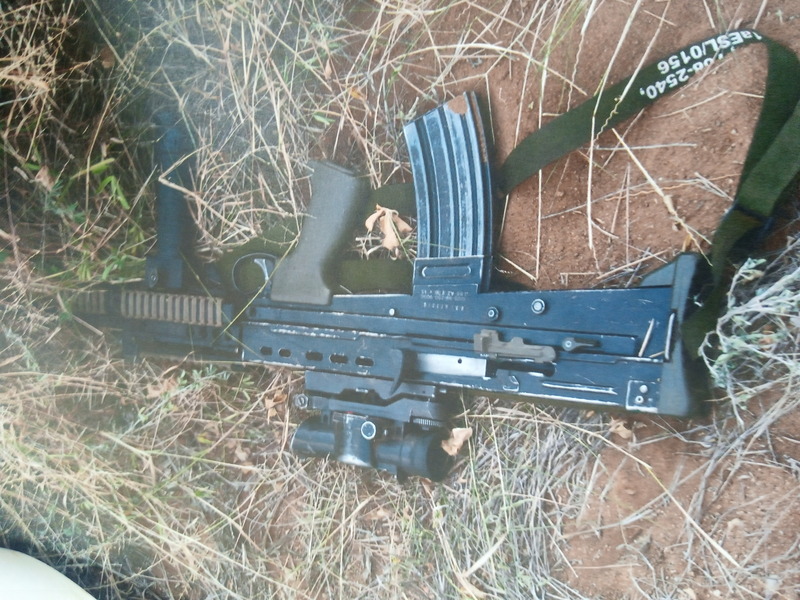 The weapon used in the murder of Tilam Leresh. (Handout)
The weapon used in the murder of Tilam Leresh. (Handout)
The body, which had an admission number-396, was then carried away in a military vehicle (Reg No ESTL B31AA) and returned days later without one of the bullets that had been lodged in it, and admitted with a different number- 399.
The body lay unclaimed at the morgue, forcing the hospital to, a month later, seek court orders to dispose of it alongside 16 others (letter dated July 18, 2012). The application was allowed a day later and the bodies were buried at the Isiolo cemetery.
The G3 rifle that the deceased was allegedly in possession of was found to have been part of a pair stolen from two police officers during a banditry attack within Moyale in Marsabit County on April 9, 1998.
Sgt Maddison, in internal military correspondences seen by the Eastleigh Voice, claimed he fired two shots in quick succession at the Kenyan in self-defence after he allegedly threatened to attack him.
A forensic scientist who testified virtually on March 29 last year found the narration by the soldier unreasonable
Katherine Ann Scott found that Leresh was struck in the back with one projectile, with a section exiting the front and some fragments remaining within the wound track.
"The positioning of the wounds shows the deceased had his back, at least, partially exposed and was most likely slightly bent forward at the time of impact," she testified, adding that the deceased could not have aimed at the soldier.
While delivering the ruling into the inquest, Isiolo Chief Magistrate Lucy Mutai said sufficient evidence had been provided to show that Sergeant Maddison shot the deceased from the back.
"No evidence was shared to show that the deceased ever shot the soldier first or at all," Magistrate Mutai said on March 7, 2024, when she recommended the arrest and charging of Maddison with the murder of Tilam Leresh.
Crime cases
Kenya is yet to get express authority to prosecute British soldiers who commit murder while in Kenya, despite the National Assembly early last year to amend Article 6 of the Defence Cooperation Agreement to include murder as one of the offences under the jurisdiction of the host country.
The agreement between Nairobi and the UK currently allows visiting forces primary jurisdiction to try offences arising out of their official duty and subjects the visiting forces to the laws of the host nation.
A British soldier who killed Agnes Wanjiru and dumped her body into a septic tank in June 2012 in Nanyuki, Laikipia County, is yet to be prosecuted, with the family suing the state in October last year over the State's failure to provide them with an update on the process.
The woman's body was found three months after she disappeared in the company of some British soldiers on the night of March 31, 2012.
Top Stories Today
